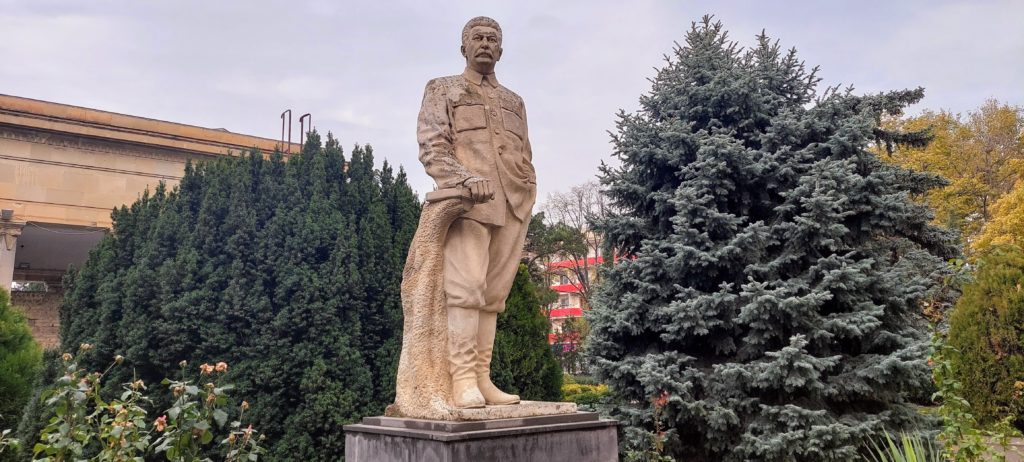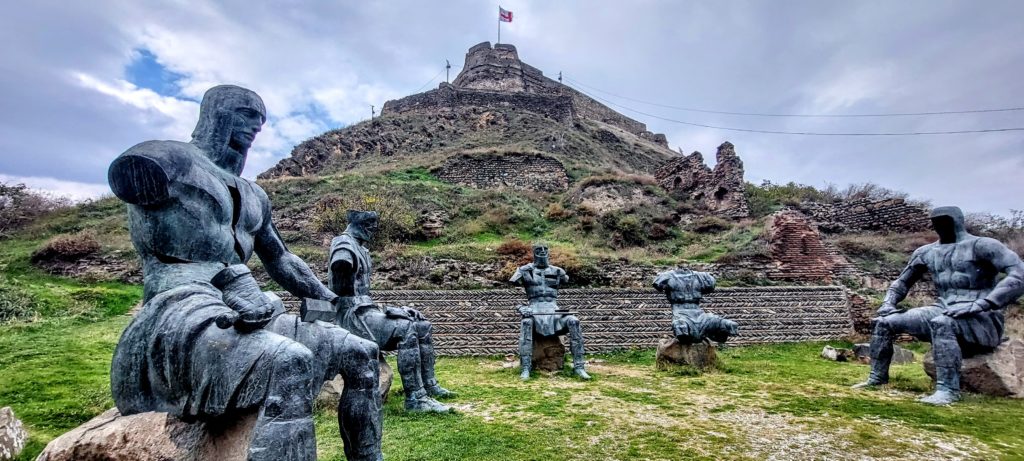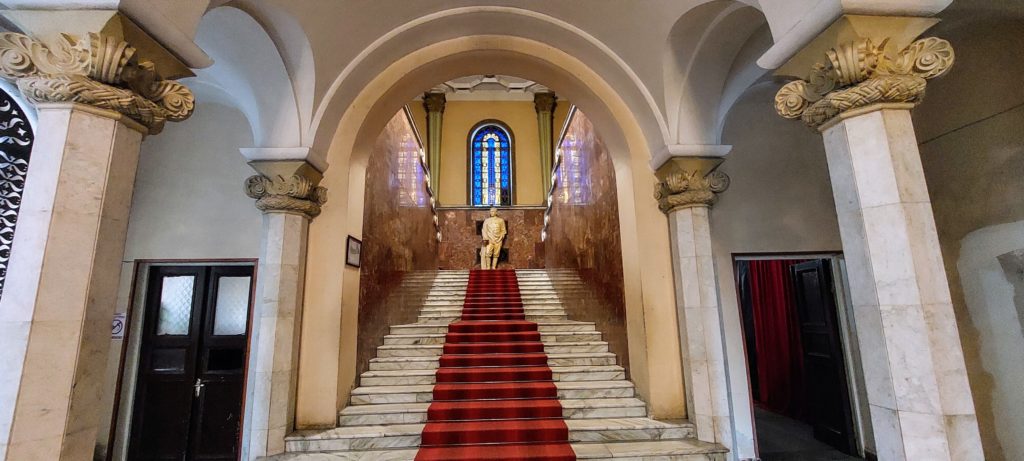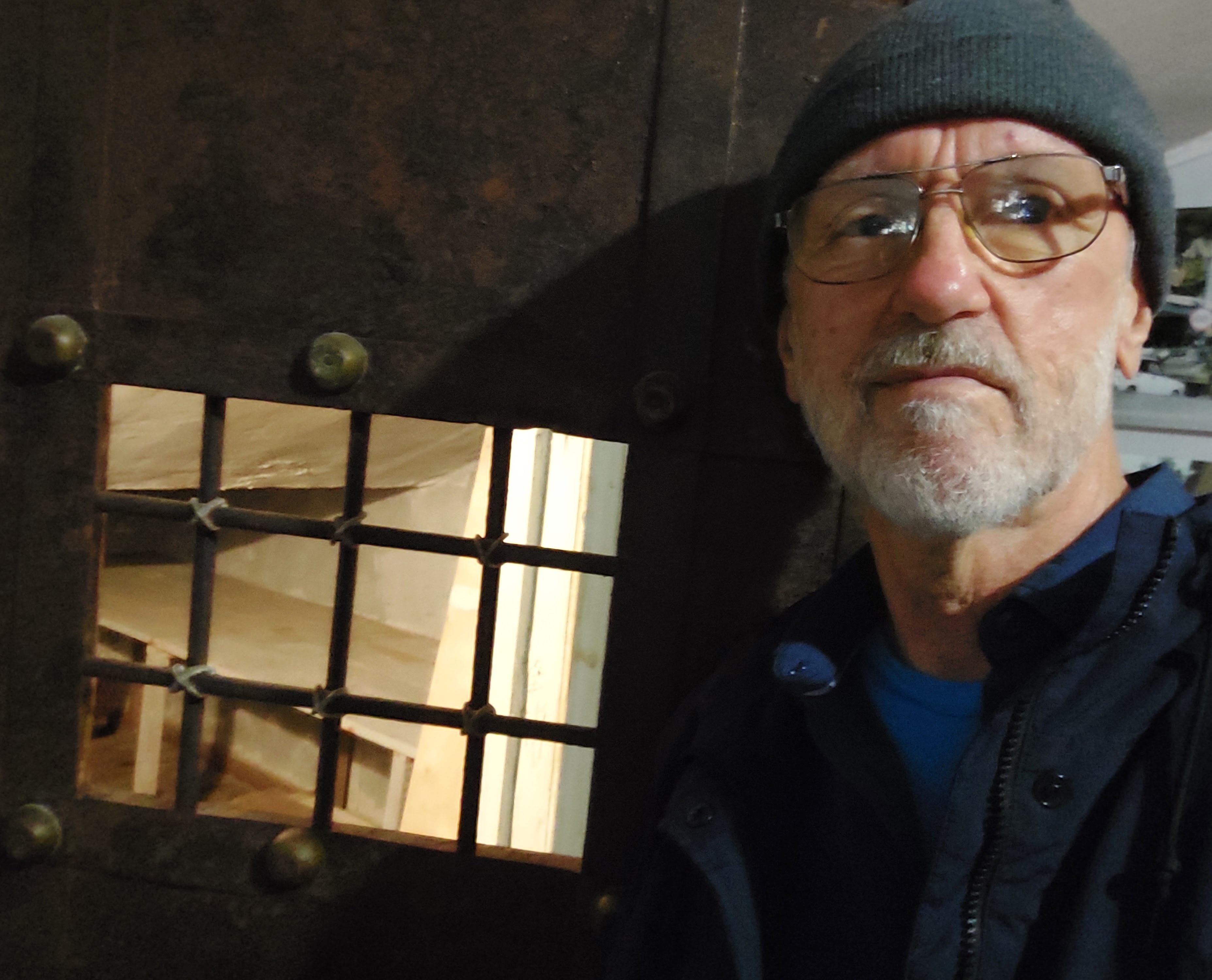Gori, a Georgian city of about 45,000 people, capital of the Shida Katli district of Georgia, is probably best known for being the birthplace of Joseph Stalin, leader of the Soviet Union from 1924 until his death in 1953.

Gori was important militarily as far back as the middle ages, and the remains of the 7th-century A.D. Gori fortress on a prominent hilltop in the city is a popular tourist attraction. Yet the city’s most well-known attraction is undoubtedly the Stalin Museum.

Gori’s strategic importance made the city a target of invading armies for centuries, most recently when it was bombed and occupied by Russian troops during the Georgian-Russian war in 2008, causing many residents, the local government and the Georgian military to flee.
But all Georgia’s history prior to the events of the the mid-20th century, including repeated invasions and crippling earthquakes over the course of centuries, are mere sidelights to the grip on Gori that the Soviet dictator Joseph Stalin continues to hold over the city’s history.
Stalin’s period of rule saw the transformation of the USSR from a rural nation of peasant farmers to both an industrial and military world power.

Laudable achievements, perhaps, if it hadn’t been for the fact that he accomplished them by brutalizing anyone who got in his way, imprisoning, torturing and killing millions of his country’s own citizens who dared challenge his policies.
Yet today more than 50,000 people a year visit the vast two-story Stalin Museum at one end of Stalin Park along Stalin Drive in central Gori, which includes his childhood home.
The museum largely glorifies Stalin’s reign as the Soviet leader, while barely mentioning the millions who perished in the forced-labor prison camps known as gulags. Among those who died were prominent professionals, academics, political activists, artists and writers, as well as petty criminals.

The overwhelming emphasis on war and atrocities in the museum creates an even more somber atmosphere in Gori than it already has. It’s a drab city with a lifeless feel made worse by a windy, cold, damp October day when I visited in 2021.
The museum’s exhibits comprise countless paintings, photos, statues and busts of Stalin, who is credited with almost single-handedly defeating Hitler and Nazi Germany in World War II.
An Alternative Perspective
Gori Free Walking Tour founder and guide Zhana Odiashvili expressed her distaste for the Stalin Museum and doesn’t include it on her tour. Instead, she offers “an alternative perspective,” while encouraging her tour participants to visit the museum on their own, which I did with my friend.
Odiashvili’s tours do include downtown buildings still showing the pock-marked walls full of bullet holes from the Russian invasion in 2008, when she was a teenager. She openly shares with tour guests the trauma of fleeing her childhood home with her family and becoming refugees in Tbilisi where she now lives.

We also visited Gori’s state theater fronted by a bust of George Eristavi, considered the father of Georgian theater, and a visit to the Sergi Makalatia Historical and Ethnographical Museum.
Odiashvili hopes these local histories of culture and life in Gori would help shine a brighter light on the city to counter the popular fascination with Stalin’s role in one of world history’s darkest chapters.
Final Note

While there wasn’t much humor in the Stalin Museum, I was amused when looking for a toilet down a long corridor past many office doors marked with standard bureaucratic office titles, I came across this one (photo, right).
I chuckled, took a quick look over both shoulders and, seeing no one, snapped the photo, spun on my heels and beat it out of there.
I relieved myself somewhere else later that day, thank you.
Dave great summary thanks! It’s a timely reminder of what becomes of cruel dictators…eventually they are no more!
Thanks for the journey!
It would have taken bravery to represent Stalin’s dark side, but people are not always brave.